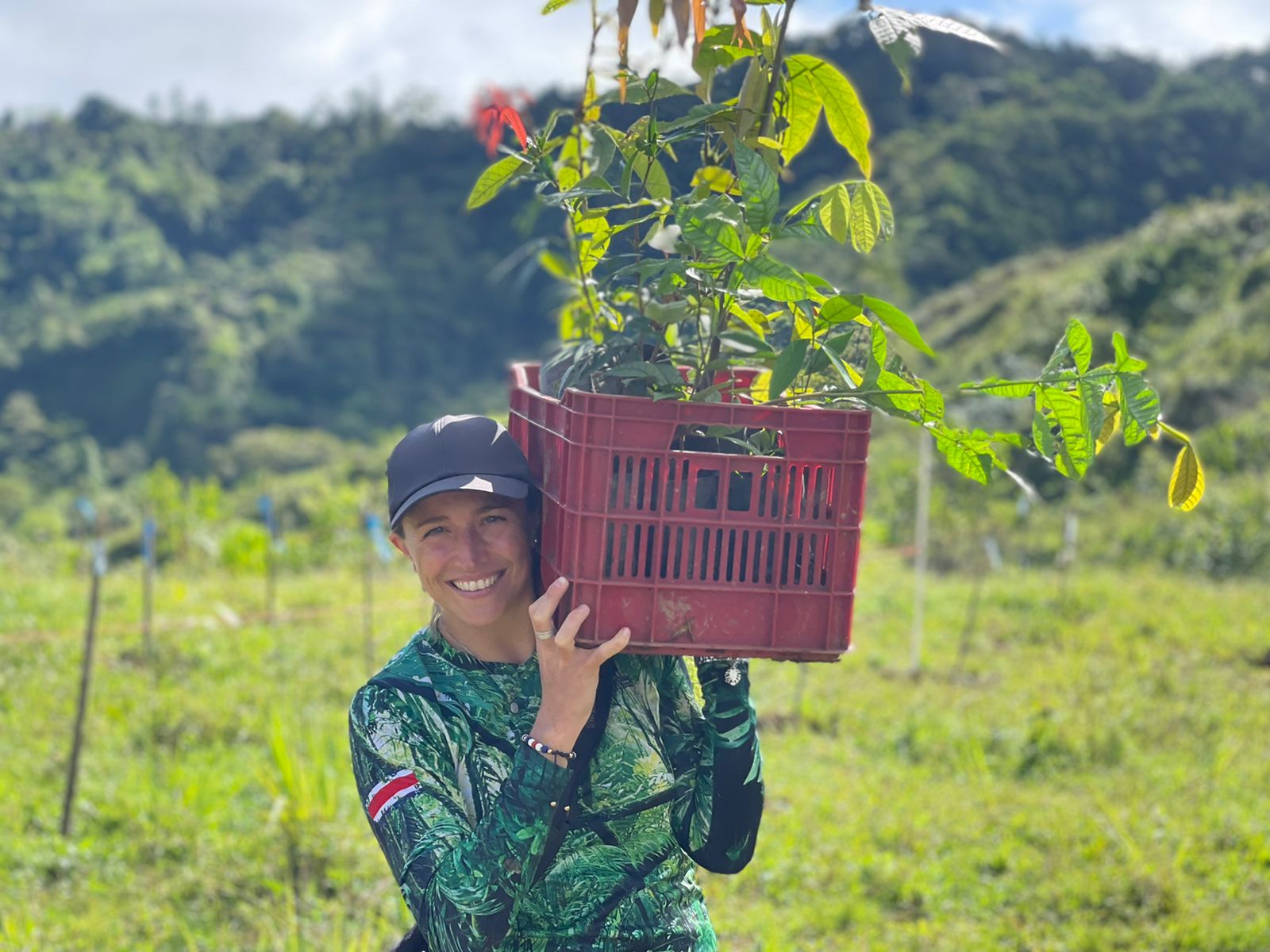The short answer: we’ve been so busy collaborating with partner organizations and multiple community members in order to plant hundreds of trees, while simultaneously running both ongoing and new programs, that my bandwidth for blogging has been limited.
Perhaps that sounds a bit like one of those job interview exchanges where the potential employer asks, “What do you think are your greatest weaknesses?” To which the interviewee “humbly” responds, “I always want to do too much, and I care too much about doing things perfectly.”
But the fact is—and here goes the longer answer to the question above—the break from this blog wasn’t just a matter of bandwidth. When it comes to Finca Cántaros Environmental Association (FCEA), not only do I have a penchant for taking on more projects than can be practical at times, I can often fall into the trap of trying to do everything “perfectly.” Lately I’ve had a particularly pernicious invasion of perfectionist thoughts about all areas of work, from writing to project management.
Luckily, several important people in my life helped me recognize that I was losing sight of the forest for the trees.
The “trees” being the countless project logistics mixed up with the mental noise of self-doubt and critique about things I could have done differently, planned better. And the forest being, well, the literal future forest we are creating combined with the continuous environmental education experiences we are offering our community.
So today I intend to accomplish three things: put aside perfectionism, in order to write this imperfect but overdue blog about what we’ve been up to, in order to focus less on the messiness of the “trees” and more on celebrating FCEA’s physical and metaphorical forests (which will in turn help me put aside perfectionism, in order to do other things I’ve been avoiding, in order to… you get it).
Let’s start with the fact that over the past few weeks, David Rodríguez and I have been coordinating the planting of nearly 1,500 trees on FCEA’s recently acquired degraded pastureland, representing a diversity of both native tree species and collaborators. These stakeholders—local and international—included Osa Conservation’s Highland Restoration “Ridge to Reef” team (who did an incredible amount of work marking the terrain and providing the saplings), the Crowther Lab of the Swiss University ETH Zurich (one of the top universities in the world conducting important restoration research that we are fortunate to now be involved in), the instructors and students of two field courses offered by the Organization for Tropical Studies (Tropical Biology and Research Experiences for Undergraduates), the Municipality of Coto Brus, our neighbours, plus participants in FCEA’s various environmental education programs, including “Mujeres Comprometidas con la Tierra” (Women Committed to the Earth, led by Yolanda Morales, which creates a space for women to actively explore their role in conservation), and “Gente y Naturaleza” (People & Nature, led by Randall Jiménez, a program offered at a local centre called “Comunidad Encuentro” that helps young men recover from drug and alcohol addiction). Each of these special stakeholders warrants a separate blog, but today I’m focusing on the forest, not the trees, remember?
In the midst of all these tree-related activities that nicely tie together our three pillars of environmental education, forest restoration and research, we also launched a new initiative called “Lideresas por la Naturaleza” (Women Leaders for Nature, led by Carla Azofeifa and me). The development of this course evolved through the feedback gathered from participants in the “Mujeres Comprometidas con la Tierra” program over nearly two years. Aimed at taking women of multiple ages on a deeper dive into conservation leadership and action, we are exploring environmental project planning and execution through the lens of different themes (with the theme of this first pilot module being biodiversity). As part of the course, we are not just examining project planning from an external perspective, but through personal introspection as well. And by that I mean that the participants must reflect on the potential emotional obstacles that could present themselves on their path of pursuing a conservation action project.
Obstacles such as getting overwhelmed, or expecting things to go perfectly… perhaps?
The good news is that I have no perfectionist insecurities casting doubt on my ability to speak to those subjects. The even better news is that as I continue to overcome my own internal obstacles in working toward FCEA’s goals (look at me clicking “publish” on this blog!), I believe I’ll become more capable of speaking to how it is possible to appreciate both the forest AND the trees in the process.








